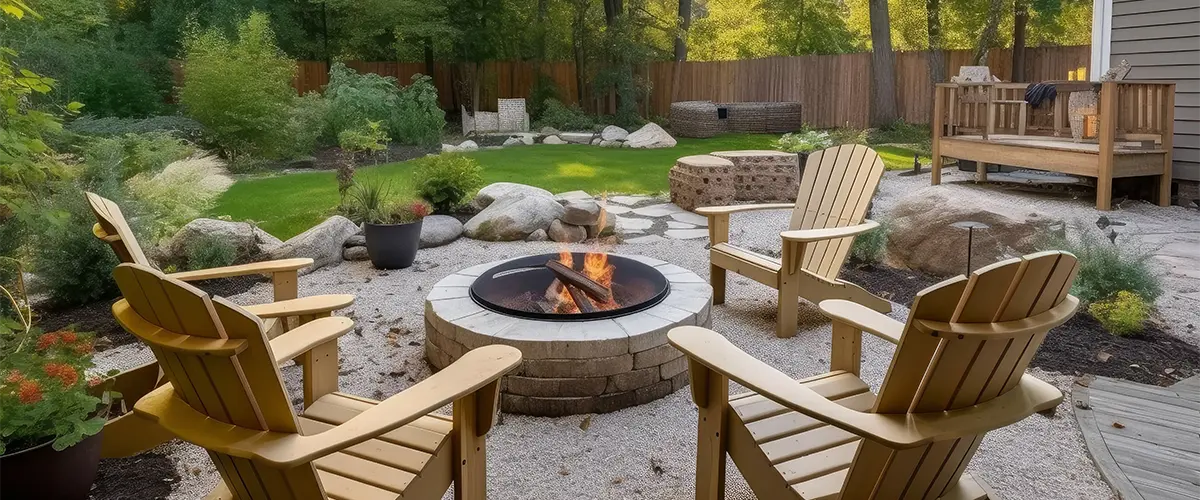Gardening has long been a beloved hobby for many, offering a chance to connect with nature, beautify outdoor spaces, and even grow food. Whether you’re an experienced gardener or a beginner looking to cultivate your first green space, deciding what to plant can sometimes be a daunting task. Two of the most popular choices are herbs and traditional garden plants. While both serve their own unique purposes and offer a wealth of benefits, the question remains: which works best for your gardening and outdoor needs? In this article, we will delve into the distinctions between herbs and garden plants, considering factors such as versatility, maintenance, aesthetics, and practicality. By the end, you’ll have a clearer understanding of which choice may suit your garden best.
1. Herbs: A Versatile and Practical Choice
Herbs are among the most versatile and rewarding plants to grow, especially for those who are new to gardening. They are prized not only for their culinary benefits but also for their aromatic qualities, aesthetic appeal, and medicinal properties. The appeal of growing herbs lies in their practicality—they can be cultivated in various settings, from small windowsills to expansive gardens, and often require less space than traditional garden plants.
Ease of Growth and Maintenance
One of the biggest advantages of growing herbs is their relative ease of maintenance. Many herbs, including basil, mint, rosemary, thyme, and parsley, are hardy and can thrive with minimal attention. Most herbs prefer well-drained soil and a sunny location, but they can also be grown indoors with sufficient light. Unlike many garden plants, which may require more extensive care or seasonal attention, herbs are quite resilient and often need little more than regular watering and occasional pruning.
For example, basil is a perfect herb for beginners. It grows quickly and doesn’t require a lot of effort, making it a great option for those who want to experience the rewards of gardening without overwhelming themselves. Other herbs, such as mint, can even be invasive, meaning they’ll continue to grow without much intervention once established. This makes them excellent choices for low-maintenance gardeners.
Practical Uses of Herbs
Perhaps the most obvious benefit of growing herbs is their culinary value. Fresh herbs can elevate your meals by adding vibrant flavors and aromas. Rosemary, thyme, and oregano are staples in savory dishes, while mint, basil, and parsley provide a refreshing touch to salads, desserts, and beverages. Growing your own herbs ensures a constant supply of fresh ingredients right at your fingertips, making meal preparation not only more convenient but also more flavorful.
In addition to their culinary uses, herbs like lavender, chamomile, and echinacea have medicinal properties. Many herbalists turn to these plants for their healing benefits, using them to brew teas, make essential oils, or create natural remedies. Having a variety of herbs in your garden can allow you to tap into this rich tradition of natural healing, offering both wellness and a deeper connection to the plants you grow.
Aesthetic Appeal of Herbs
Herbs are also a visually pleasing addition to any garden. Their subtle beauty, especially when in bloom, can complement a variety of outdoor settings. The purple flowers of lavender, the delicate white blossoms of chamomile, or the lush green leaves of basil all add texture and color without overwhelming a space. Additionally, herbs are perfect for container gardening, allowing you to place them on patios, balconies, or windowsills to bring nature into even the smallest of spaces.
2. Traditional Gardens: The Beauty and Diversity of Garden Plants
While herbs are fantastic for their practicality and low-maintenance care, traditional garden plants offer a different kind of appeal—one rooted in the beauty, variety, and complexity that a well-planned garden can bring to your outdoor space. From flowers to shrubs to vegetables, garden plants encompass a wide range of species that can create breathtaking outdoor landscapes.
Variety and Aesthetic Potential
One of the most compelling reasons to create a traditional garden is the sheer variety of options available. A garden allows you to curate an aesthetic that suits your taste, whether that involves vibrant flowerbeds, lush green lawns, or an organized vegetable patch. Flowers, in particular, are a popular choice for garden designs, offering color, texture, and scent to create a multi-sensory experience.
For instance, creating a garden filled with roses, lilies, and sunflowers can provide a striking visual impact. The different shapes, sizes, and colors of flowers can complement any design style—from formal gardens to more relaxed, cottage-style spaces. Additionally, plants like hydrangeas, peonies, and daffodils offer seasonal variety, changing the look and feel of your garden throughout the year.
Garden plants can also be strategically arranged to enhance specific areas of your yard. Flowering shrubs and ornamental trees can frame pathways, provide privacy, or add height and structure to your outdoor space. Vining plants, such as wisteria and ivy, can be trained to grow over trellises, creating elegant arches and shaded nooks that invite relaxation.
Gardening as an Art Form
For many gardening enthusiasts, the act of designing and tending to a garden is an art form. It involves planning, creativity, and an understanding of how different plants interact with one another. A traditional garden offers limitless possibilities for experimentation—mixing textures, arranging plantings to create balance, and even incorporating hardscaping elements like stone pathways or water features.
Gardens also offer the opportunity to create themes or styles, such as Japanese gardens, cottage gardens, or modern minimalist landscapes. These diverse styles can transform your outdoor space into a peaceful retreat, a haven for birds and pollinators, or a vibrant display of seasonal blooms. The sheer scale of creativity available in garden design is unmatched by the simplicity of herb cultivation.
Increased Space Requirements and Maintenance
On the other hand, traditional gardens require more space and effort. Maintaining a garden of flowers, shrubs, and trees demands a greater commitment in terms of time, money, and resources. Depending on the plants you choose, you may need to ensure the right soil conditions, provide extra care during specific seasons, and address pests and diseases. Additionally, the size of your garden may limit the types of plants you can grow, especially if you have a small yard or live in a more urban setting.
However, for gardeners who enjoy spending time outdoors and take pride in nurturing their plants, this extra effort is often considered a rewarding aspect of traditional gardening. The more intricate the design, the more satisfaction you gain from seeing it come to life and thrive.
3. Which Works Best for Your Gardening Needs?
When deciding whether to focus on herbs or traditional garden plants, several factors should be considered:
-
Space: If you have limited outdoor space, herbs may be your best option, as they can be grown in containers or small garden beds. They can thrive even in a small balcony or windowsill, making them ideal for city dwellers or those with less room for a full garden.
-
Time and Commitment: If you’re looking for a low-maintenance option that requires minimal effort, herbs are a better choice. They grow quickly and are relatively easy to care for, especially when compared to more delicate garden plants. If you’re willing to invest more time and attention to detail, however, a traditional garden offers a richer variety of plants and the opportunity for more complex designs.
-
Aesthetic Preferences: If your primary focus is on creating a visually stunning garden, traditional garden plants offer more variety and scope for creativity. From flowers to ornamental shrubs, these plants can be used to create a garden that is both beautiful and diverse. Herbs, while lovely, are typically smaller and subtler in their visual impact.
-
Practical Use: If you’re looking for plants that provide utility in addition to beauty, herbs are a great choice. Their culinary, medicinal, and aromatic properties make them highly functional in the kitchen and beyond. Traditional garden plants, however, may provide aesthetic pleasure and a connection to nature but often lack the same level of practical application.
Conclusion
Ultimately, the decision to focus on herbs or traditional garden plants depends on your personal preferences, space, and gardening goals. Herbs are excellent for those seeking versatility, practicality, and a low-maintenance gardening experience. On the other hand, traditional gardens provide more scope for creativity, aesthetic enjoyment, and a connection to nature. Whether you choose to cultivate fragrant herbs in your kitchen garden or design a lush landscape filled with colorful flowers, both options offer the opportunity to create a beautiful, enriching outdoor space. The best solution may not be an either/or choice, but a harmonious blend of both—bringing together the functionality of herbs and the beauty of traditional garden plants into a well-rounded outdoor haven.




